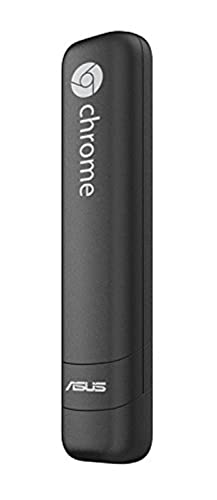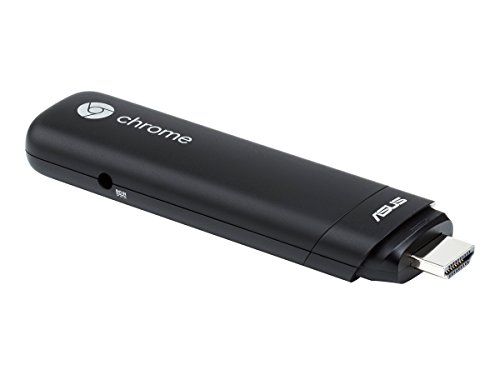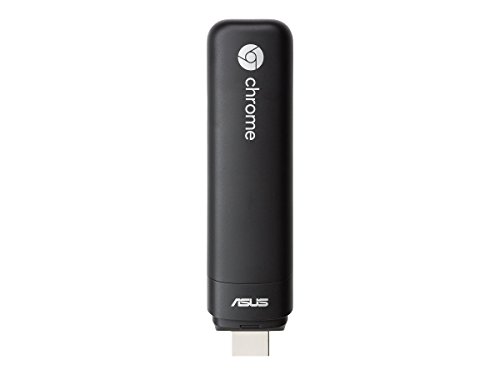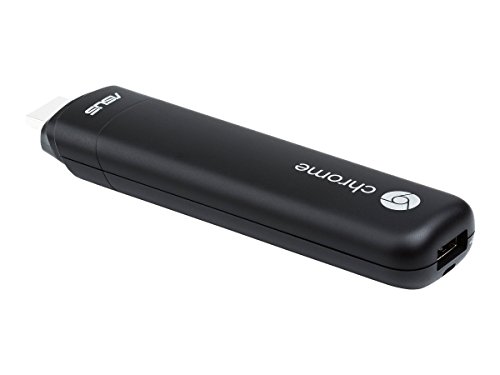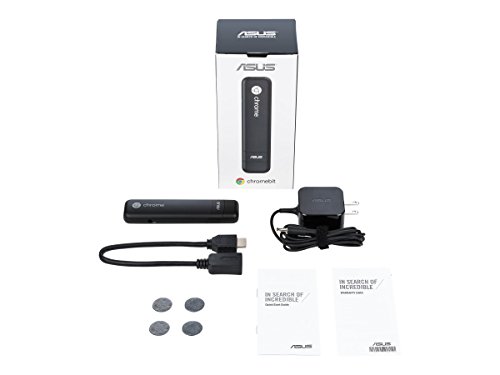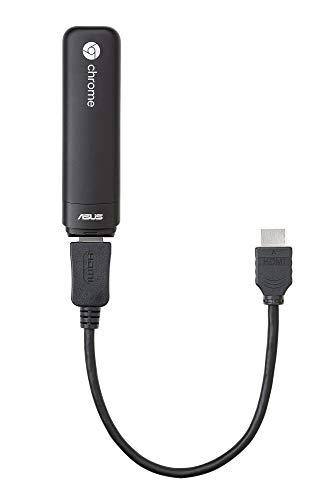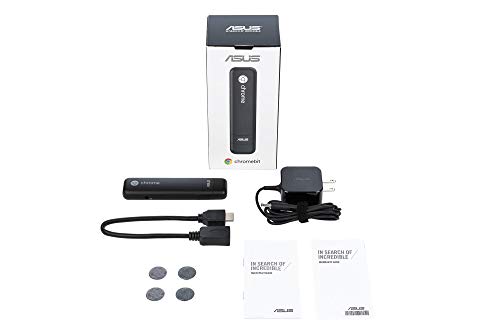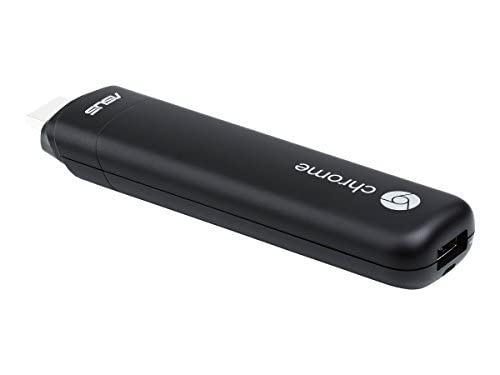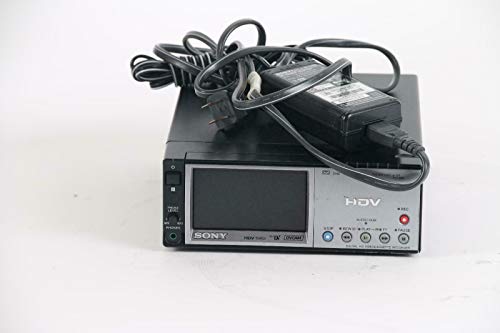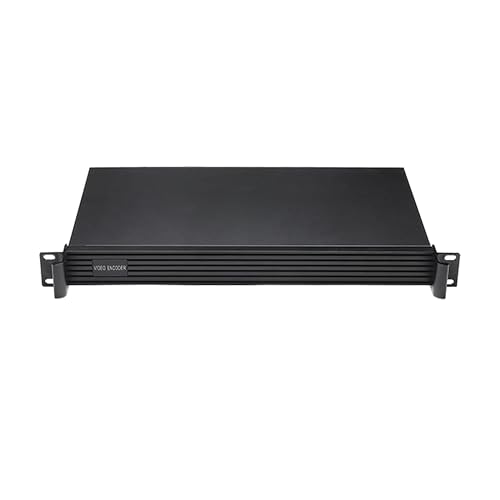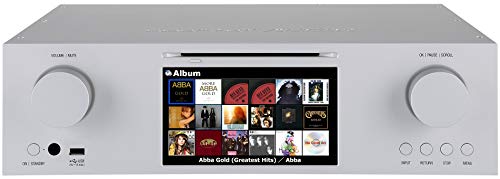ASUS Chromebit CS10 Stick-Desktop PC with Intel RockChip 3288-C: An In-Depth Review
1. Introduction: Overview of ASUS Chromebit CS10 Stick-Desktop PC with Intel RockChip 3288-C 2 GB LPDDR3L 16 GB EMMC Google Chrome OS
The ASUS Chromebit CS10 is a revolutionary device designed to transform any HDMI display into a fully functional computer. Powered by the Intel RockChip 3288-C processor, this compact stick PC integrates seamlessly with the Google Chrome OS. The Chromebit boasts a host of impressive features including dual-band 802.11 a/b/g/n/ac Wi-Fi, Bluetooth 4.0, and a generous 100 GB of Google Drive space. With only 16 GB of internal EMMC storage, the stick complements its memory with an easily accessible USB 2.0 port for external devices, and the included HDMI extender cable enhances setup flexibility.
This review focuses on various aspects of the ASUS Chromebit CS10—like design, performance, and overall value—aiming to provide potential buyers with comprehensive insights. Tech enthusiasts, professionals seeking portable computing, and casual users looking for a space-saving solution will find this review particularly relevant.
2. Design and Build Quality
The first impression of the ASUS Chromebit CS10 is that of simplicity and compactness. Measuring just a few inches in length and weighing only a few ounces, this stick PC easily qualifies as the smallest Chrome OS device currently available.
Constructed with a robust plastic casing, the Chromebit sports a minimalistic but attractive design. Its weight makes it highly portable, fitting easily into pockets or laptop bags—ideal for on-the-go use. It feels durable in hand, perhaps not as premium as higher-end models, but commendable for a device of its size.
Compared to previous models, ASUS has improved the overall aesthetics of the Chromebit, adding a sleek matte finish that is both visually appealing and resistant to fingerprints. The stick features an HDMI interface at one end, drawing power via the micro-USB port on the opposite side.
3. Display
While the ASUS Chromebit does not come with an integrated display of its own, its potential lies in its ability to connect with any HDMI-equipped monitor, TV, or projector. This capability transforms the Chromebit into a versatile workstation for various tasks, from casual browsing to professional presentations.
Users will appreciate the adaptability of the device—supporting resolutions up to 1080p, which makes it well-suited for video playback and general computing needs. When connected to high-quality displays, users can expect clear visuals and reliable color calibration, though one must ensure the external display has suitable specifications.
4. Performance: Processor, RAM, and Software
At the heart of the ASUS Chromebit CS10 is the Intel RockChip 3288-C processor, accompanied by 2 GB of LPDDR3L RAM. While these specifications may not rival traditional PCs, they offer sufficient performance for essential tasks, such as web browsing, streaming, and using productivity applications available through Chrome’s extensive app ecosystem.
The Chrome OS operates efficiently, launching applications quickly and maintaining smooth performance even during multitasking sessions. However, users looking to run heavy software, like design or video editing programs, may find the limitations more pronounced.
According to performance benchmarks, the device handles everyday tasks competently, but it is crucial to manage expectations regarding resource-heavy applications. In contrast to other Chrome OS devices, which often come with more robust hardware, the Chromebit focuses on delivering a lightweight experience that is both portable and functional.
5. Camera(s)
The ASUS Chromebit CS10 does not include any integrated cameras. However, users can easily incorporate external webcams via the available USB port. This flexibility allows for function without compromising the compact design.
For video conferencing or remote meetings, paired webcams provide satisfactory performance, particularly in controlled lighting conditions. Overall, while the absence of a built-in camera could be seen as a drawback, it’s important to remember that the Chromebit prioritizes taking up minimal space without extraneous features.
6. Battery Life and Charging
As a stick PC, the ASUS Chromebit CS10 does not come with batteries and operates instead on a power supply of 18 watts through a standard USB adapter. Users should be prepared to keep the Chromebit plugged in during use.
This design choice aligns with the needs of many users who require a stationary setup, such as presentations or augmented workstation setups. Sadly, anyone hoping for a truly mobile experience similar to laptops will need to look elsewhere.
7. User Interface and Software Experience
The Chrome OS is known for its user-friendly interface, and the ASUS Chromebit CS10 embraces this ease of use. From the moment users plug the Chromebit into an HDMI port and boot it up, they can navigate familiar Google platforms and thousands of Chrome OS apps.
App installation is straightforward, and Chrome OS receives regular updates to enhance security and functionality. The operating system also integrates tightly with various Google services, which can significantly enhance the overall user experience for those entrenched in the Google ecosystem.
Customization options are limited, but the simplicity of the operating system resonates with users seeking productivity without unnecessary complications. As new software rolls out, many new features and enhancements become available to improve performance.
8. Connectivity and Ports
Connectivity is one of the ASUS Chromebit CS10’s strong suits. It supports dual-band Wi-Fi (a/b/g/n/ac) for speedy internet access, bolstering productivity in home or office environments. The inclusion of Bluetooth 4.0 heightens compatibility with various peripherals, such as wireless mice and keyboards.
Regarding ports, users will find one USB 2.0 port, which allows for the connection of external storage devices and other USB peripherals. The wholesomeness of these connectivity options provides sufficient functionality for most users but may feel limited for those expecting a more robust offering.
9. Audio and Speakers
The ASUS Chromebit CS10 does not feature built-in speakers, an aspect shared by other stick PCs in this category. Nevertheless, audio functionality is accessible through the HDMI connection, allowing users to output sound to any connected display’s speakers.
For those seeking personalized audio experiences, users can also connect wired or wireless headphones through compatible devices. A general observation is that the audio experience remains embroiled in the quality of the external equipment attached to the Chromebit, which may vary significantly among users.
10. Price and Value for Money
Priced competitively compared to high-end computers and other stick PCs, the ASUS Chromebit CS10 delivers particular value to price-conscious consumers and businesses looking to reduce hardware costs. The unique capabilities of this device—transforming any HDMI display into a functional computer—afford significant cost-savings without sacrificing performance for light and intermediate tasks.
When comparing the price tag to similar devices, the Chromebit establishes itself as a cost-effective solution, especially for those who mainly perform web-based tasks. While its capabilities may not match up to high-performance laptops or desktops, the features it offers certainly justify its price point for a portable computing solution.
11. Pros and Cons
Pros:
- Compact and portable design
- Transforms any HDMI display into a computer
- Seamless integration with Google services
- Excellent for basic web browsing and productivity apps
- Affordable pricing for the features offered
Cons:
- Limited internal storage (16 GB)
- Lacks a built-in camera and speakers
- Dependent on external power supply
- Performance may lag with heavy applications
12. Competitor Comparison
When assessing the ASUS Chromebit CS10 against competitors like the HP Chromebit and the Intel Compute Stick, key differences emerge. Both alternatives offer similar functionalities but often come with enhanced specifications or additional features, thus appealing to different audiences.
The HP Chromebit is known for its more robust hardware specs, promising better performance, while the Intel Compute Stick offers additional compatibility options and versatile performance. However, the Chromebit maintains its edge through affordability and a focus on simplicity.
Ultimately, choosing between these options will depend on the user’s needs and budget—for basic tasks, the ASUS Chromebit CS10 remains a solid choice.
13. Conclusion: Should You Buy ASUS Chromebit CS10 Stick-Desktop PC with Intel RockChip 3288-C 2 GB LPDDR3L 16 GB EMMC Google Chrome OS?
In conclusion, the ASUS Chromebit CS10 Stick-Desktop PC with Intel RockChip 3288-C represents an innovative solution for tech-savvy consumers and professionals looking for an affordable, portable computing option. While its limitations in terms of internal storage and processing power may deter those seeking heavy-lifting capabilities, its transformative ability to turn any HDMI display into a computer is a standout feature.
If you rely on web-based applications and services, or if you’re searching for a convenient device for light uses like streaming and browsing, the ASUS Chromebit CS10 is a worthy investment.
14. FAQs (Frequently Asked Questions)
Q1: Can I use the ASUS Chromebit CS10 without a monitor?
A1: No, the Chromebit requires an HDMI display to function. It does not have a built-in screen.
Q2: How much storage does the ASUS Chromebit CS10 have?
A2: The device comes with 16 GB of internal storage, but you can expand this by using the USB 2.0 port for external drives or USB sticks.
Q3: Is it possible to use external peripherals?
A3: Yes, you can connect external peripherals via the USB port as well as utilize Bluetooth for devices like keyboards and mice.
Q4: How does the performance compare with a regular laptop?
A4: The Chromebit is not designed for heavy tasks, so while it is excellent for web browsing and using cloud apps, dedicated laptops typically provide more robust performance.
Q5: Can the ASUS Chromebit CS10 be used as a Kodi box?
A5: Yes, the Chromebit CS10 can run Kodi, making it an excellent, budget-friendly choice for those interested in streaming content. For more information, you can check out best Kodi boxes.

